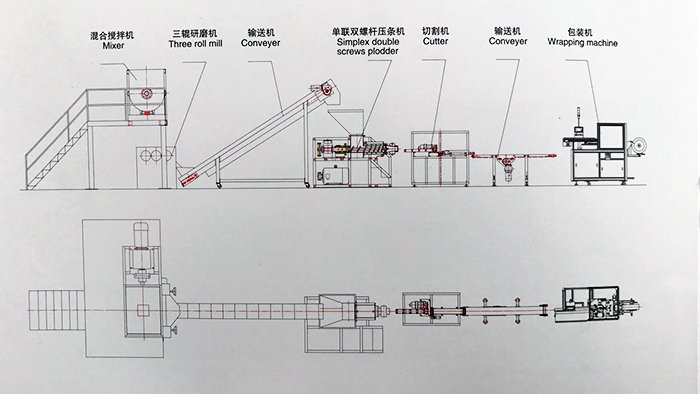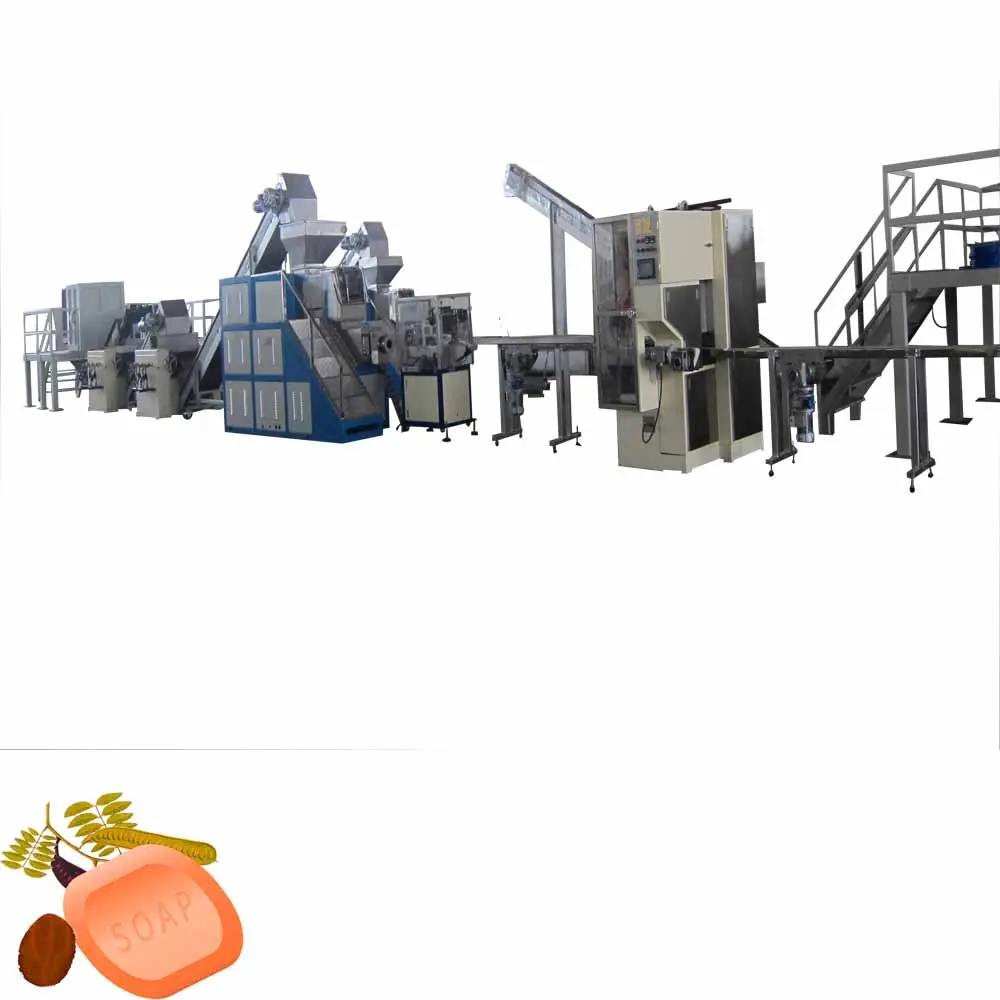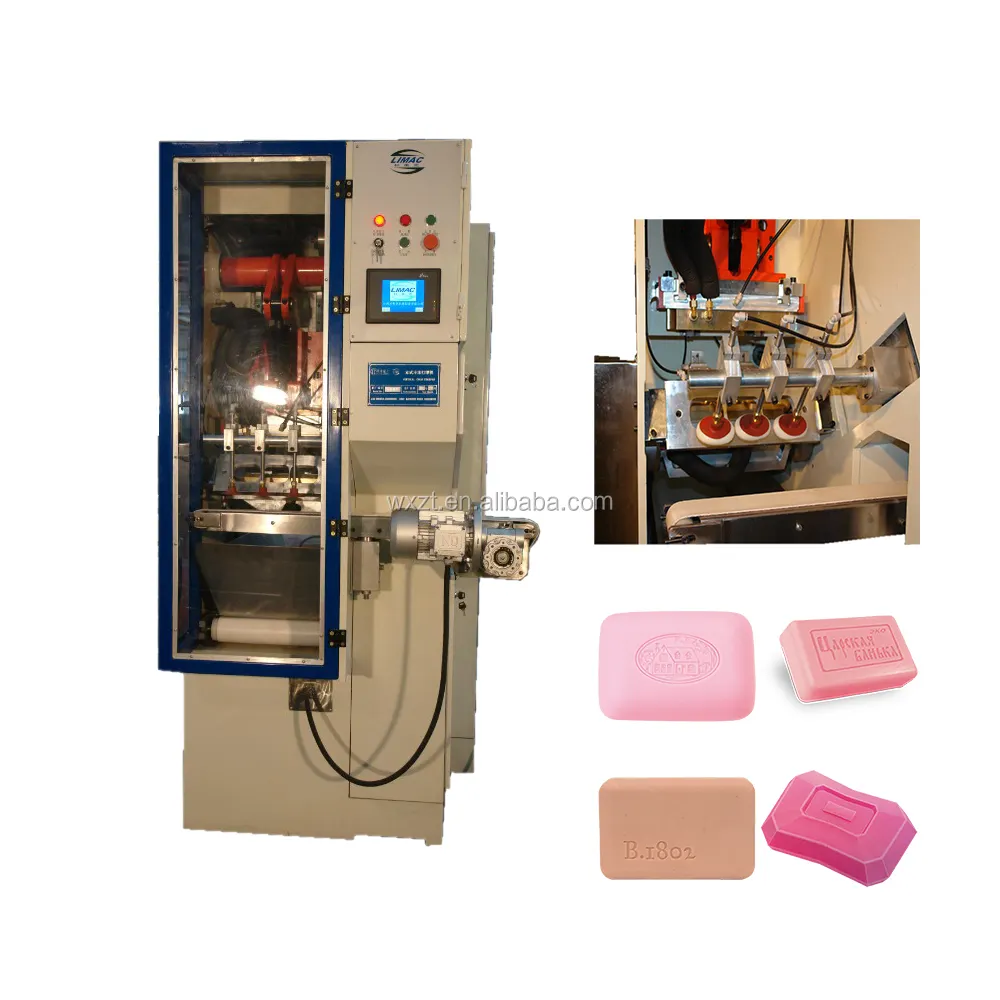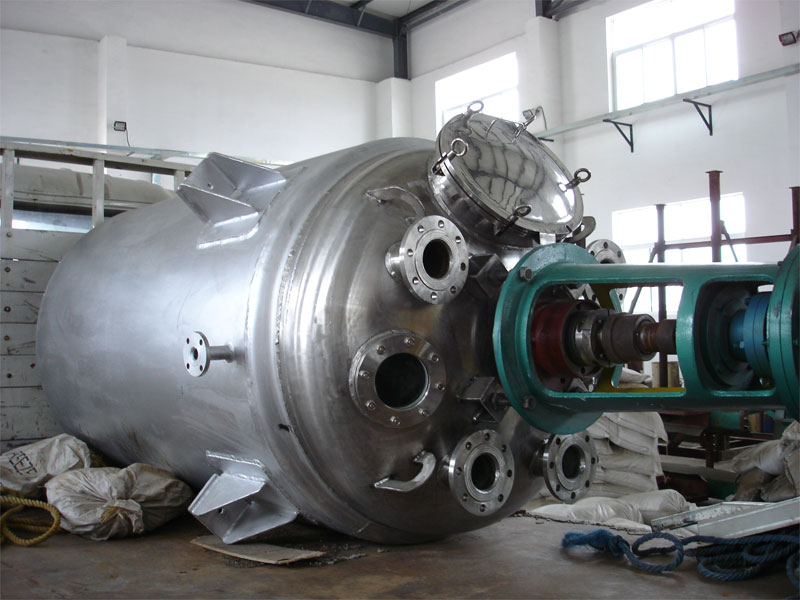Toilet bowl ceaner/Toilet block making machine
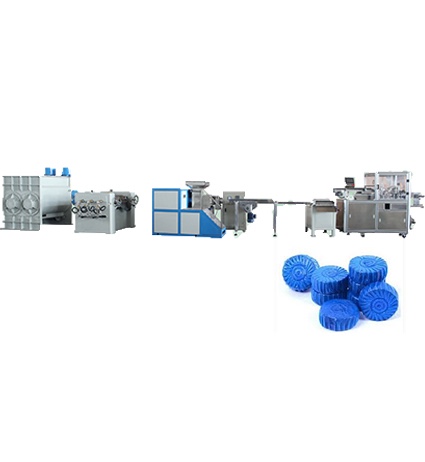
150-500kg/h Toilet bowl ceaner/Toilet bowl making machine:
1、Mixer or Sigmar Mixer(Kneader) 2、Three roll mill(Option) 3、Conveyer 4、Simplex double screws plodder
5、Cutter(Client can choose automatic cutter or wire cutter) 6、Automatic wrapping machine
When delving into a 150-500 kg/h Toilet bowl ceaner/Toilet bowl making machine designed specifically for the production of toilets (or similar sanitary ceramic products), its efficiency, precision and automation are of particular importance. Below is a detailed outline of the components you have listed and how they play a key role in the toilet manufacturing process:
1. Mixer or Sigma Mixer (Kneader)
Function: As the first step in the production line, the mixer is responsible for the homogeneous mixing of the raw materials (e.g. clay, quartz sand, feldspar, kaolin, etc.) as well as the additives (e.g. colorants, fluxes, etc.). SIGMA mixers (or kneaders) are known for their efficient mixing capacity and adaptability to material properties, ensuring that the raw material mixture achieves optimal physical and chemical consistency, laying a solid foundation for the subsequent molding process.
2. Three-roll mill (optional)
Function description: This equipment is optional, mainly used for further refining the material after preliminary mixing, through the extrusion and shearing effect of three rotating rollers to improve the plasticity, density uniformity and surface finish of the material. For manufacturers pursuing higher quality finished toilet products, the three-roller mill is one of the key equipments to enhance the competitiveness of their products.
3. Conveyor
Function: Conveyor plays the role of “bridge” in the production line, responsible for seamlessly transporting the processed materials from one workstation to the next, such as from the mixer to the molding machine. An efficient conveyor system ensures the continuity of the production process, reduces manual intervention and improves overall production efficiency.
4. Compound twin-screw feeder (molding machine)
Function Description: This is one of the most central equipment in the toilet manufacturing process. The Compound Twin Screw Feeder (also commonly referred to as a molding machine) utilizes precision-designed screws and molds to extrude pre-treated materials into pre-set shapes of toilet bowl blanks. Its high-torque, low-speed design ensures stability and precision during the molding process, producing toilet blanks with regular shapes and precise dimensions.
5. Cutting machine
Function description: After molding, the toilet blanks usually need to be cut to remove excess parts or to meet the final size requirements. Customers can choose automatic cutting machine or wire cutting machine according to their needs. The automatic cutting machine can greatly improve the production efficiency and reduce the scrap rate with its high efficiency and precision; while the wire cutting machine is more suitable for handling some special shapes or blanks that need fine processing.
6. Automatic Packing Machine
Function Description: After all the processing steps of toilet blanks are completed, the automatic packing machine is responsible for packaging the finished products to protect them from damage during transportation and storage. The automatic packaging machine not only improves the packaging efficiency, but also ensures the consistency and aesthetics of the packaging, which adds to the first impression of the product when it is finally presented to the consumer.
In summary, this 150-500 kg/hour toilet molding machine/manufacturing machine system integrates advanced mixing, molding, cutting and packaging technologies, realizing the whole process of automated production from raw materials to finished products, which greatly improves production efficiency and product quality, and is an indispensable and important piece of equipment in the modern sanitary ceramics manufacturing industry.
In addition, this toilet molding machine/manufacturing machine system is equipped with an advanced control system that monitors the parameters of the production process in real time, such as temperature, pressure, speed, etc., to ensure the stability and safety of the production process. At the same time, its modular design facilitates maintenance and upgrading to adapt to future technological and market changes, providing manufacturers with a flexible and sustainable production solution.

